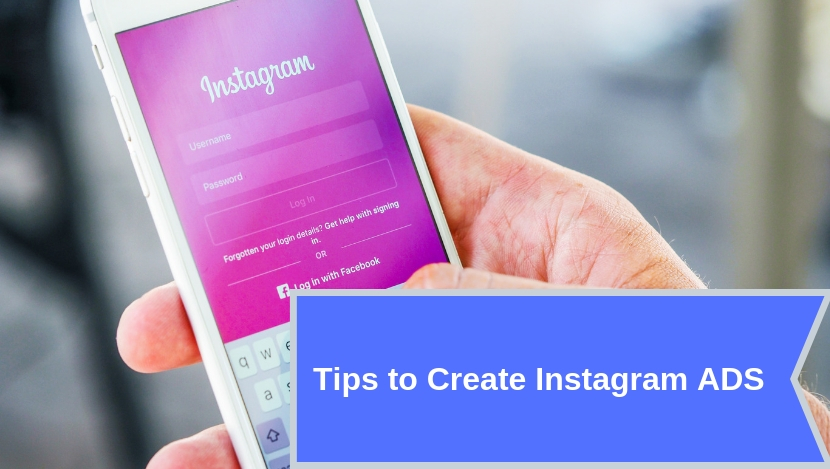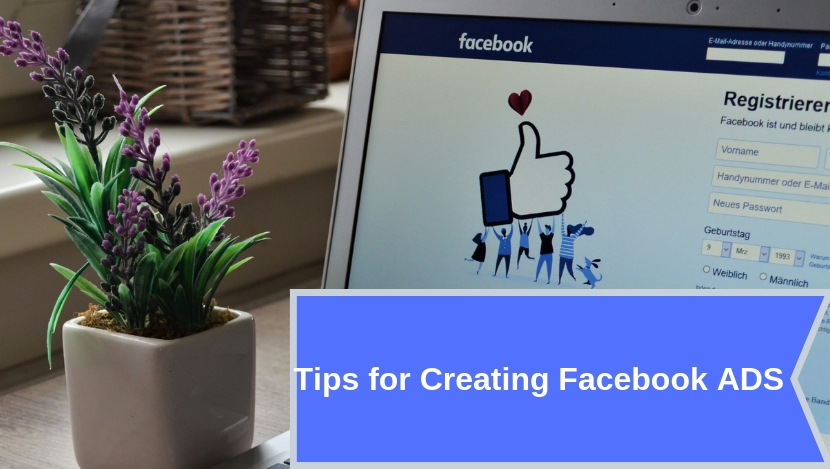Instagram has become more than just a photo-sharing app. Reels are now one of its most powerful tools, giving creators, brands, and everyday users a way to grab attention with short, snappy videos. But here’s the truth: if your Reels aren’t sized correctly, you’re already at a disadvantage. Cropped captions, blurry resolution, or cut-off visuals can ruin the viewing experience and hurt engagement.
In this guide, we’ll break down the exact Instagram Reels size, length, and resolution tips you need to follow. We’ll also cover safe-zone strategies, quality tips, and how Reels fit into the bigger Instagram format system.
If you’re looking for the complete breakdown of Instagram post dimensions across formats, check out our Instagram Post Size guide—this article builds on it. For vertical storytelling formats, you may also want to read our Instagram Story Dimensions guide.
Why Reels Formatting Matters
Imagine scrolling through Instagram and seeing a Reel with text half-hidden behind the “like” button or a logo blurred in the corner. It feels unprofessional, right? Correct formatting ensures:
- Your video looks clean on all devices.
- Important text and captions are readable.
- Instagram’s algorithm favors your content because of better user engagement.
Reels are designed for full-screen vertical viewing. That means the wrong aspect ratio or poor resolution can kill the impact of even your most creative ideas.
Instagram Reels Size & Specs (The Essentials)
Here are the core dimensions you need to stick with:
- Resolution: 1080 × 1920 pixels
- Aspect Ratio: 9:16 (vertical, portrait mode)
- File Types: MP4 or MOV
- Frame Rate: 30 fps or higher
- Bitrate: Use high-quality export settings to avoid compression blur.
This 1080 × 1920 format is the same as Instagram Stories and many TikTok videos, which makes repurposing content much easier.
How Long Can Instagram Reels Be?
The length of your reel is just as important as its size. Currently:
- Minimum Length: 3 seconds
- Maximum Length: 90 seconds
That doesn’t mean you should always aim for the full 90 seconds. Data shows that shorter clips (15–30 seconds) often perform better. Why? Because attention spans are short, and people scroll fast. A crisp, tight video is more likely to keep them hooked until the end.
Pro Tip: If you want to tell a longer story, break it into a sequence of Reels. This creates anticipation and gives you more opportunities to show up in people’s feeds.
Safe-Zone Tips for Captions & Buttons
One of the biggest mistakes creators make is ignoring the safe zone. Instagram overlays important UI elements on your Reel:
- Top area: Username, audio track, “Follow” button
- Bottom area: Caption, like, comment, and share buttons
- Right side: Engagement buttons (heart, comment, share, more)
If you place text, logos, or critical visuals too close to these edges, they’ll be hidden or hard to read.
Safe-Zone Guidelines:
- Keep text and graphics within the center 80% of the screen.
- Leave about 250 pixels of buffer on top and bottom.
- Test by previewing your Reel before posting
Think of the safe zone like margins in a book—your design looks better when it has breathing room.
Best Practices for Resolution & Quality
Even if you upload at the right size, poor quality can hurt your video. Instagram compresses uploads, so start with the highest possible quality.
- Always record in vertical orientation (avoid cropping horizontal videos).
- Use good lighting—natural light works best.
- Export at 1080p HD or higher
- Avoid shaky footage; use a tripod or phone stabilizer.
- Keep file size manageable, but don’t over-compress.
Remember: blurry, pixelated Reels won’t just look bad—they’ll also signal to Instagram’s algorithm that your content isn’t high quality.
Common Mistakes to Avoid
Here are the pitfalls you’ll want to dodge:
- Wrong Aspect Ratio – Horizontal or square videos leave black bars and look unprofessional.
- Text Too Close to Edges—Captions get cut off by UI overlays.
- Overusing Filters—Too many effects can make videos look fake or distracting.
- Low Audio Quality – Bad sound kills engagement faster than bad visuals.
- Ignoring Thumbnail Selection – A random blurry frame doesn’t invite clicks.
How Instagram Reels Fit Into the Bigger Format Guide
Reels are part of Instagram’s broader content ecosystem:
- Feed Posts – Best for permanent content, product photos, or carousels
- Stories—Temporary, casual, and daily updates
- Reels—Short, high-reach videos optimized for discovery
That’s why we created our Instagram Post Size guide. It shows how Reels fit alongside Stories, Feed Posts, and Carousels. Together, these formats let you build a complete content strategy.
If you want to master Stories as well, our Story Dimensions & Best Practices guide breaks it down further.
Tips for Making Your Reels Stand Out
Formatting is only step one. To make your Reels perform better, keep these extra tips in mind:
- Start Strong: The first 3 seconds decide if viewers keep watching.
- Use On-Screen Text: Add captions for viewers who watch without sound.
- Engage with Trends Carefully: Use trending audio, but put your own spin on it.
- Include CTAs: Ask viewers to comment, share, or follow for more.
- Optimize Thumbnails: Choose a frame that represents your content clearly.
SEO & AEO Optimization for Reels Content
If you’re serious about reach, think beyond Instagram. Optimize for search engines and AI answer engines (AEO):
- Use descriptive titles like “Instagram Reels Size Guide.”
- Add captions and on-screen keywords so search tools can understand context.
- Include metadata (file name, alt text, video description) with target keywords
- Internally link to related posts (Stories, Post Sizes)
- Answer direct user questions in your content (example: “What is the best Instagram Reels resolution?”)
This approach helps your article show up not only on Google but also in AI-powered search results.
Quick Cheat Sheet
- Reel Size: 1080 × 1920 px
- Aspect Ratio: 9:16
- Length: 3 to 90 seconds (best: 15–30)
- Safe Zone: Keep text/logo away from top & bottom 250 px
- Format: MP4 or MOV
- Frame Rate: 30 fps or higher
- Best Practice: Always preview before posting.
Conclusion
Reels give you one of the best chances to grow on Instagram, but only if you respect the format. Stick to the 1080 × 1920 vertical layout, keep your videos short and engaging, and never forget the safe zone. By following these simple but important rules, your Reels will not only look better but also perform better.
Want to learn how Reels fit into Instagram’s full content structure? Head over to our Instagram Post Size guide for the complete breakdown, or explore our Instagram Story Dimensions guide for more vertical format tips.
FAQs
1. What is the best size for Instagram Reels?
1080 × 1920 pixels with a 9:16 aspect ratio.
2. How long can Instagram Reels be?
Between 3 seconds and 90 seconds.
3. Do Instagram Reels need to be vertical?
Yes, Reels are designed for vertical viewing. Horizontal videos will look awkward.
4. What’s the safe zone for Reels?
Keep all important text and graphics within the center 80% of the frame.
5. Can I upload 4K videos to Reels?
You can, but Instagram compresses them. Export at high quality, but don’t expect full 4K playback.
6. Why do my Reels look blurry after upload?
Likely due to compression. Always export at 1080p with a high bitrate.
7. What file formats does Instagram Reels support?
MP4 and MOV are the most reliable.
8. Are longer reels better than short ones?
Not always. Shorter Reels (15–30 seconds) usually perform better for engagement.
9. Can I repurpose TikTok videos as Reels?
Yes, as long as they follow the 9:16 size. But remove watermarks for better reach.
10. How do Reels differ from Stories?
Stories disappear after 24 hours; Reels live permanently on your profile and have higher discovery potential.






